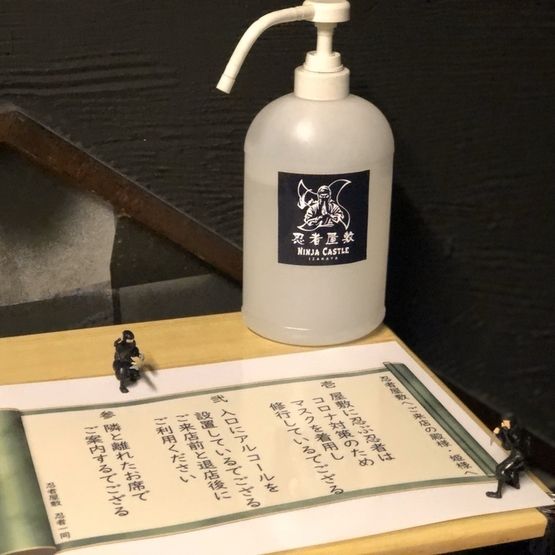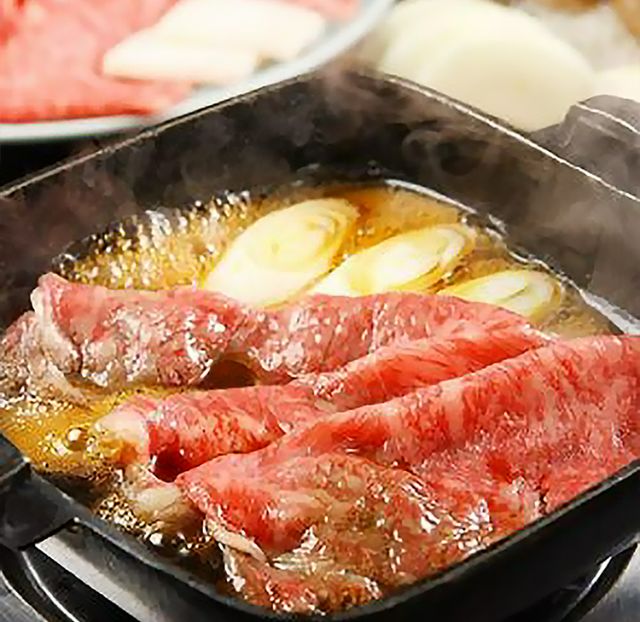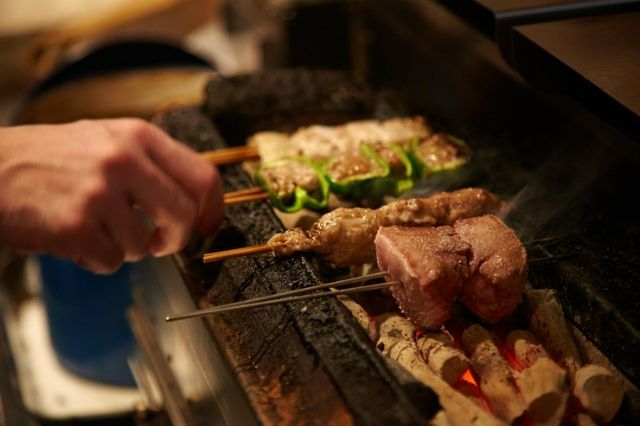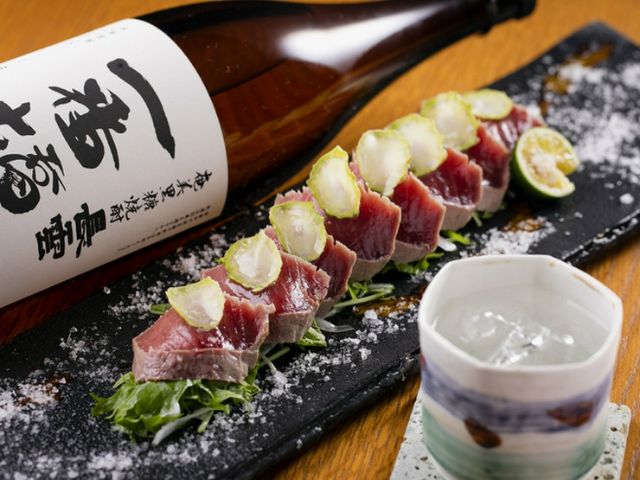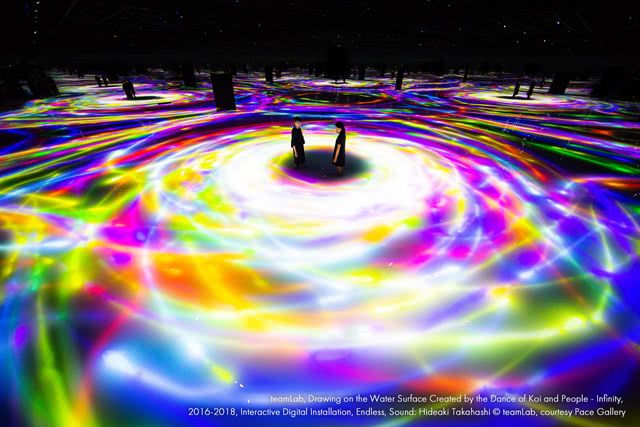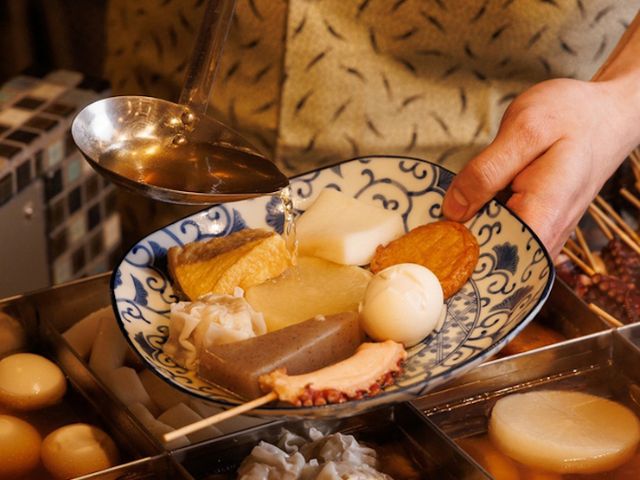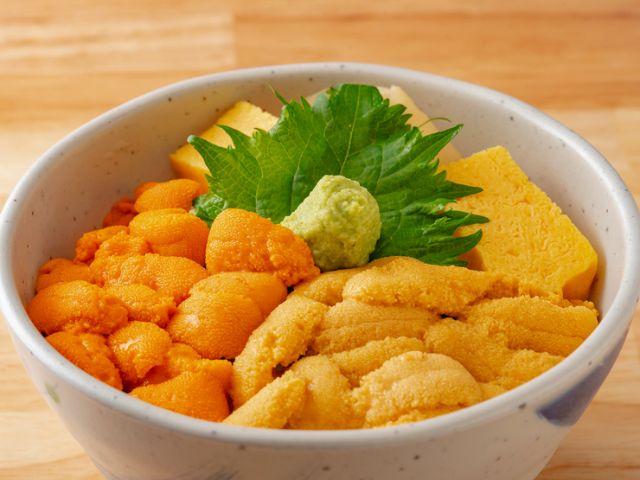Make Japanese Food More Delicious With Sake!
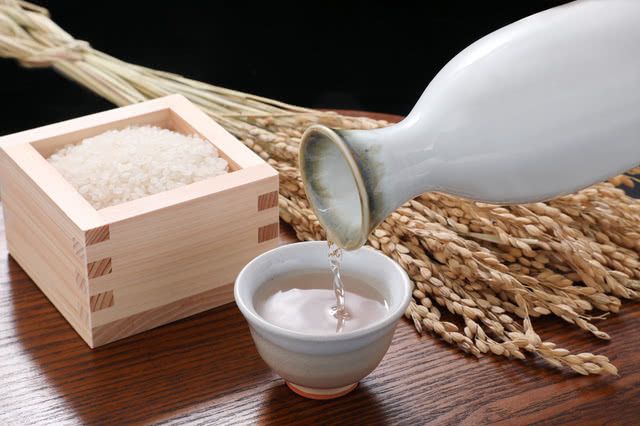
The Basics of Japanese Sake
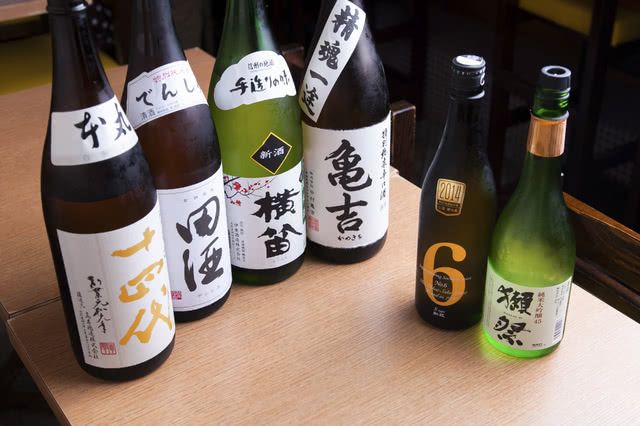
Sake is an alcoholic beverage brewed in Japan using unique techniques using ingredients such as rice, koji (rice inoculated with a type of mold), and water. With its rich history, sake holds a significant place in Japanese culture and is often presented as an offering to deities during festivals and rituals.
The diverse brewing techniques may make sake appear complex, but don't let that intimidate you. You just need to remember four basic categories based on aroma and flavor: daiginjo and ginjo for potent aromas; matured or aged sake for a deep aroma and bold flavor; honjozo and namazake for a light and refreshing flavor; and junmai for a full-bodied and robust flavor. Once you’re familiar with these types of sake, you'll have no trouble picking the perfect brew to complement your meal.
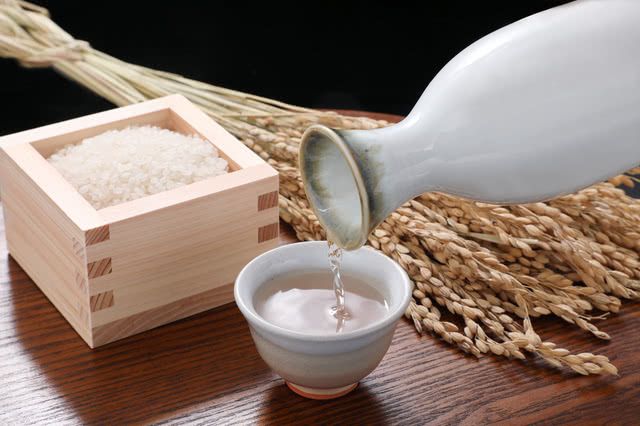
The Delightful Art of Sake Pairing!
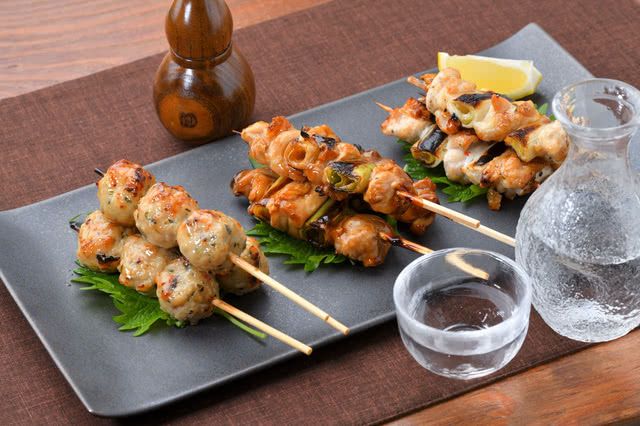
The light and refreshing flavors of honjozo and namazake make them ideal companions for meals. For Japanese food, they are a good match for sashimi, soba, tempura, and yakitori (grilled chicken skewers), but they also harmonize wonderfully with Italian dishes like marinated octopus and cold pasta.
On the other hand, the highly aromatic notes of daiginjo and ginjo are best paired with fragrant and acidic foods. They beautifully complement Japanese dishes like hamo (pike conger eel) seasoned with sour plum sauce, along with sunomono (lightly pickled vegetables), or Vietnamese food with white fish grilled in aromatic herbs and other herb-heavy dishes.
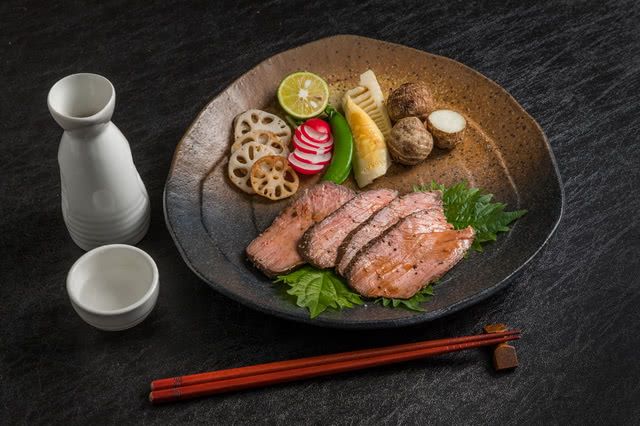
Matured and aged sake have been stored for a period of three to ten years, giving them highly fragrant and full-bodied characters. Their intense and complex profiles pair well with cheeses, dried fruits, and desserts like chocolate cake, making them an excellent digestif to finish off your meal. If you prefer sake with the main course, consider savory and flavorful dishes like seasoned eel or braised pork belly.
More Than Just Taste! How to Enjoy Sake With Your Other Senses
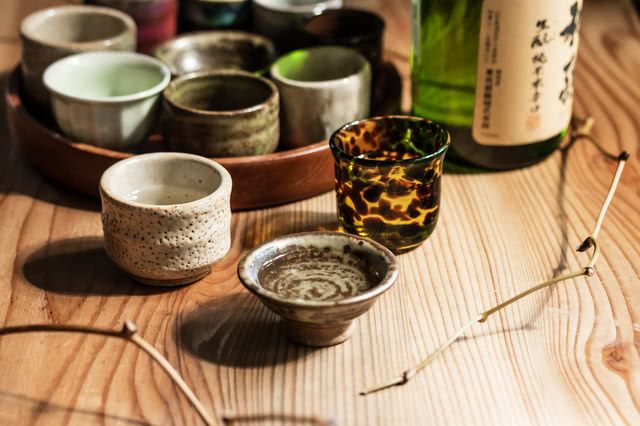
Another appealing aspect of sake is the diverse range of cups that it can be served in. Sake cups come in a variety of shapes and materials, each with its own special charm that pleases both one’s sense of sight and touch. The most common cups are called ochoko, which are generally small and often ceramic or porcelain. Others include lacquerware cups, often seen in celebrations and feasts, along with tin, glass, and more. While these materials won't alter the taste of sake too much, appreciating their visual presentations is an essential part of Japanese culinary culture. Some establishments will even allow you to choose your own sake cup, further elevating your drinking experience.
When in Doubt, Ask an Expert!
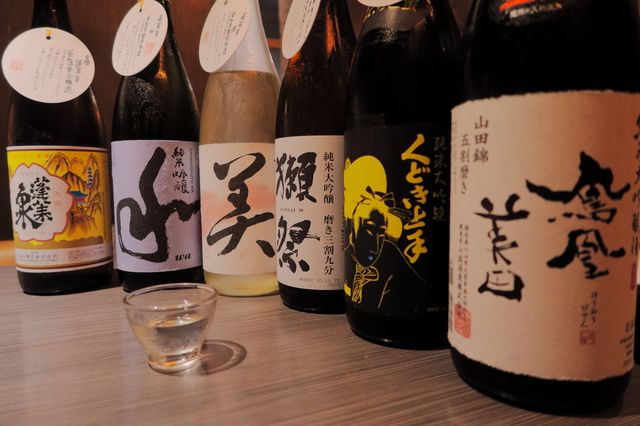
Sake is brewed all over Japan, and each region has its own unique features. Some restaurants and stores specialize in local sake specific to a certain area, while others will amass a wide selection spanning the nation. With such a choice, picking the perfect sake can be a challenge. In moments like this, it's always best to seek advice from the staff. Much like wine sommeliers, certain establishments in Japan will have certified sake professionals known as kikisake-shi at your service. Even if a kikisake-shi is not present, the regular staff are often well-informed and happy to guide you. So, don’t hesitate to ask them to point you towards a sake that aligns with the time of year, food pairings, and your preferences.
Restaurants to Savor Sake With Japanese Cuisine
Ryoriya MOTO (Roppongi / Japanese cuisine)
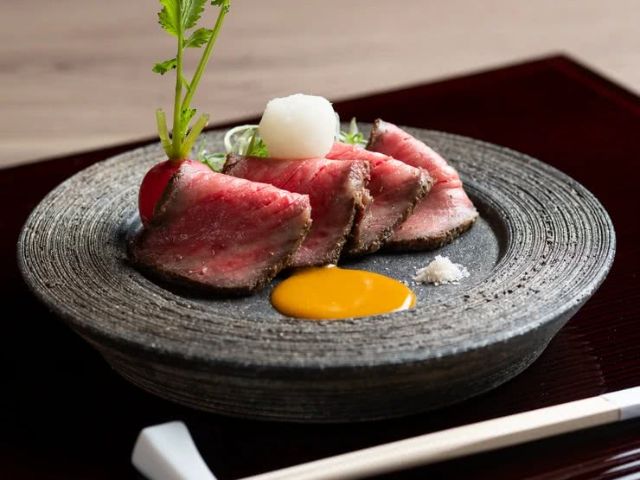
The restaurant's appeal lies in the chef's creative fusion of different culinary styles with Japanese cuisine, all aiming to enhance the intrinsic flavors and visual allure of each ingredient. The restaurant also carries a selection of renowned sake brands from all over Japan to pair with their dishes. The sake changes with the seasons and includes both rare finds and popular classics, so there’s always something new to discover.
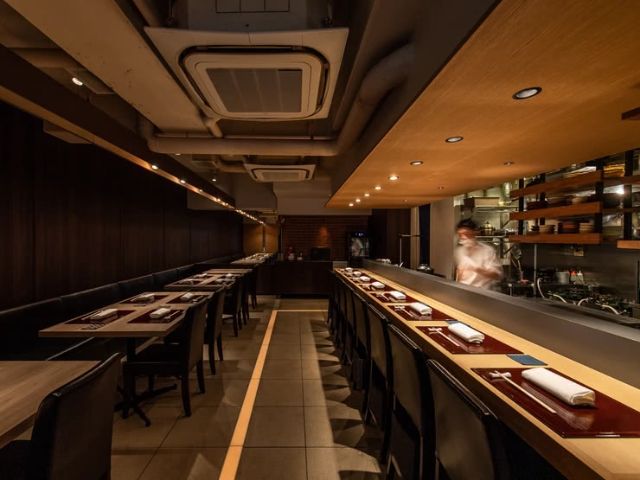
Ryoriya MOTO
Closed: Sunday, National Holidays
Average price: [Dinner] 15,000 JPY
Access: 10 minutes walk from Roppongi Station on the Tokyo Metro Hibiya Line and the Toei Oedo Line / 10 minutes walk from Nogizaka Station on the Tokyo Metro Chiyoda Line / 10 minutes walk from Hiroo Station on the Tokyo Metro Hibiya Line
Address: 104, Azabu Empire Mansion, 4-11-28, Nishi-Azabu, Minato-ku, Tokyo Map
More Details Reservation
Kan Agari (Shinjuku / Izakaya)

True to its name, the restaurant specializes in warm sake, heating each brew to its ideal temperature, making it an excellent choice for those seeking to try the experience. The sake selection focuses on rare and limited varieties that change with each season. Many of the staff are certified kikisake-shi, and are more than happy to answer questions.
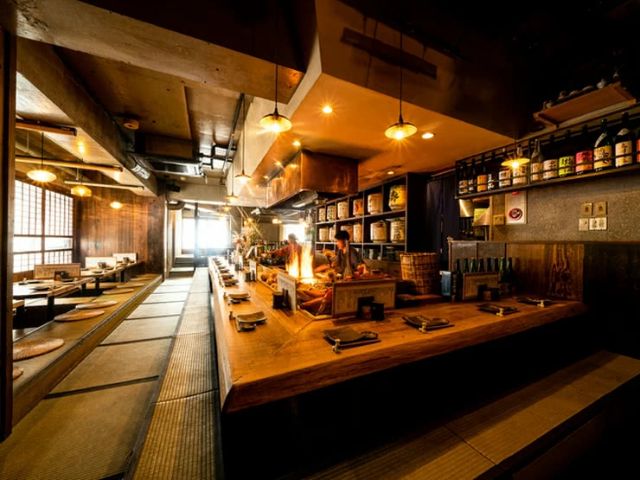
Kan Agari
Closed: Irregular
Average price: [Dinner] 5,000 JPY
Access: 3 minutes walk after getting off at Shinjuku Station
Address: 3F, Shinjuku YS Bldg., 7-16-12, Nishi-Shinjuku, Shinjuku-ku, Tokyo Map
More Details Reservation
LANTERNE hanare (Higashi-Kitazawa / Izakaya)
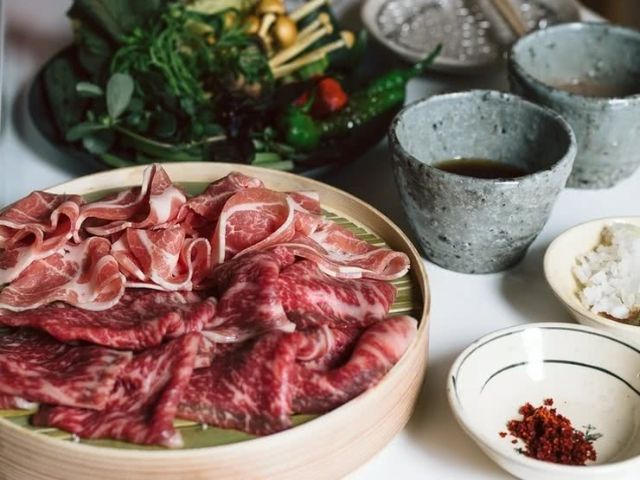
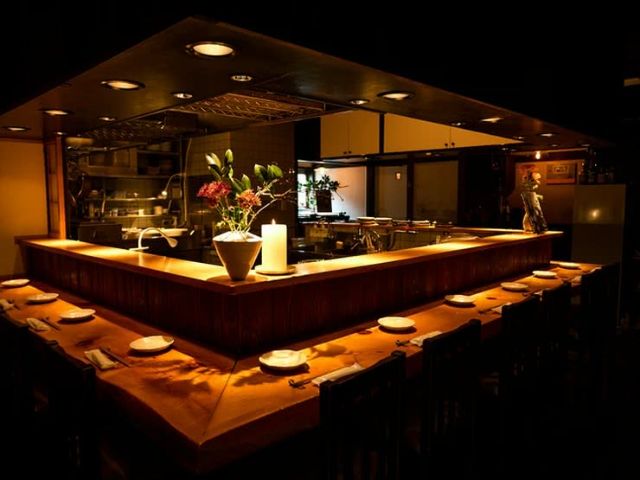
LANTERNE hanare
Closed: Sunday
Average price: [Dinner] 10,000 JPY
Access: 5-minute walk from Higashi-Kitazawa Station on the Odakyu Odawara Line / 8-minute walk from Ikenoue Station on the Keio Inokashira Line
Address: 1F, 3-25-9, Uehara, Shibuya-ku, Tokyo Map
More Details Reservation
Gyutan-yakisemmontemmorinomiyakotasukenihombashiten
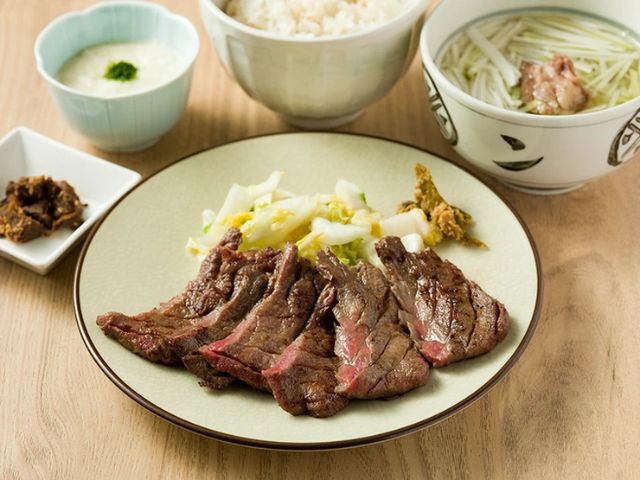
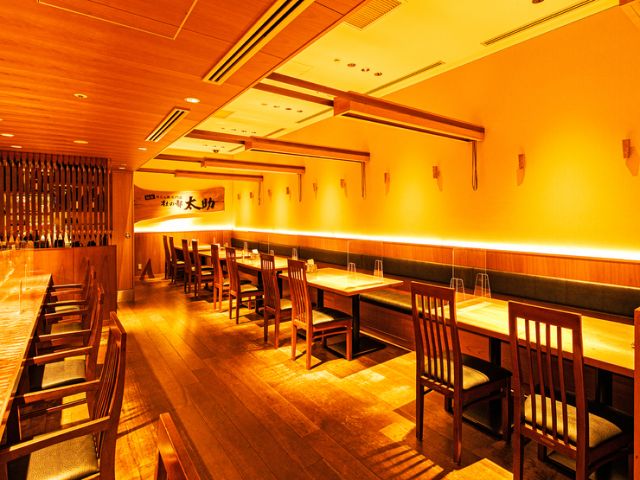
Gyutan-yakisemmontemmorinomiyakotasukenihombashiten
Closed: There are irregular holidays * Regular holidays are based on Tokyo Nihonbashi Tower
Average price: [Lunch] 1,000 JPY
Access:
Address: Map
Disclaimer: All information is accurate at time of publication.
Thank you for reading our article.
Our goal is to take your culinary journey to the next level by helping you find the best restaurant. With SAVOR JAPAN, you can search and make reservations for
the Izakaya, Yakitori and Japanese Cuisine restaurants found in and around Tokyo that fill your needs.
Discover more Izakaya, Yakitori and Japanese Cuisine restaurants by area
- Tokyo Area
- Near Tokyo
- Kyoto and Osaka Area
- Hokkaido Area
- Northern Honshu (Tohoku)
- Central Honshu (Chubu)
- Western Honshu (Chugoku)
- Shikoku
- Kyushu
- Okinawa and Ryukyu Islands
Discover more restaurants to eat Taverns(Izakaya) Cuisine, Japanese Cuisine and Japanese Cuisine by area
Related Articles
New Articles
Categories
Cuisine
- Bars (23)
-
Japanese Cuisine (675)
- Kaiseki (46)
- Nabe (19)
- Okonomiyaki (23)
- Shabu Shabu (36)
- Soba (17)
- Sushi (137)
- Tempura (18)
- Teppanyaki (46)
- Shojin Ryori (3)
- Tonkatsu (12)
- Kushiyaki (10)
- Yakitori (45)
- Sukiyaki (35)
- Japanese Cuisine (341)
- Oyster (2)
- Sashimi/ Seafood (19)
- Unagi (eel) (30)
- Motsu Nabe (offal hotpot) (6)
- Mizutaki (chicken hot pot) (3)
- Oden (8)
- Kaisendon (seafood bowl) (9)
- Udon (2)
- Taverns(Izakaya) Cuisine (124)
- Western Cuisine (42)
- Italian/French Cuisine (95)
- Yakiniku/Steak (223)
- Chinese Cuisine (26)
- Ramen (Noodles) Cuisine (26)
- Cafe/Sweets (60)
- Other Asian Cuisine (5)
- Global/International Cuisine (7)
- Alcohol (45)
- Other (11)
Area
- Shikoku (10)
- Kyoto and Osaka (344)
-
Tokyo (460)
- Tokyo (286)
- Ginza (44)
- Roppongi (22)
- Shibuya (26)
- Shinjuku (47)
- Asakusa (20)
- Ebisu (12)
- Tsukiji (10)
- Tokyo Landmarks (4)
- Ueno (24)
- Akihabara (9)
- Ikebukuro (12)
- Jiyugaoka, Denenchofu, Nakameguro (9)
- Shimokitazawa (4)
- Kichijoji (3)
- Tachikawa (1)
- Omotesando, Harajuku, Aoyama (18)
- Akabane (1)
- Kagurazaka (4)
- Akasaka (10)
- Odaiba (1)
- Tsukishima, Harumi, Toyosu (3)
- Near Tokyo (100)
- Okinawa and Ryukyu Islands (58)
- Hokkaido (124)
- Northern Honshu (Tohoku) (31)
- Central Honshu (Chubu) (144)
- Western Honshu (Chugoku) (32)
- Kyushu (92)
Archives
- December 2025(8)
- November 2025(4)
- October 2025(3)
- September 2025(6)
- August 2025(11)
- July 2025(19)
- June 2025(18)
- May 2025(34)
- April 2025(43)
- March 2025(30)
- February 2025(36)
- January 2025(26)
- December 2024(69)
- November 2024(31)
- October 2024(15)
- September 2024(39)
- August 2024(65)
- July 2024(31)
- June 2024(54)
- May 2024(61)
- April 2024(28)
- March 2024(31)
- February 2024(42)
- January 2024(32)
- December 2023(20)
- November 2023(5)
- October 2023(11)
- September 2023(7)
- August 2023(18)
- July 2023(8)
- June 2023(8)
- May 2023(18)
- April 2023(15)
- March 2023(1)
- January 2023(1)
- April 2022(2)
- March 2022(2)
- February 2022(1)
- January 2022(1)
- July 2021(1)
- March 2021(1)
- February 2021(1)
- December 2020(1)
- October 2020(1)
- September 2020(2)
- August 2020(10)
- July 2020(6)
- June 2020(9)
- May 2020(11)
- April 2020(8)
- March 2020(8)
- February 2020(13)
- January 2020(9)
- December 2019(24)
- November 2019(8)
- August 2019(14)
- July 2019(15)
- June 2019(18)
- May 2019(17)
- April 2019(16)
- March 2019(22)
- February 2019(22)
- January 2019(26)
- December 2018(34)
- November 2018(40)
- October 2018(32)
- September 2018(11)
- August 2018(8)
- July 2018(6)
- June 2018(9)
- May 2018(10)
- April 2018(21)
- March 2018(74)
- February 2018(39)
- January 2018(26)
- December 2017(60)
Keywords
- Omakase
- Accessible
- Affordable
- All-You-Can-Eat
- Amazing Scenery
- anime
- Art
- Autumn
- Awards
- Beer Gardens
- Breakfast
- Chef Recommendations
- Cherry Blossoms
- Chinese
- Close To Station
- Condiments
- Counter
- Coupon
- Crab
- Culture
- Dassai
- Dates
- delivery
- Early Summer
- Editor's Recommendation
- English Available
- Event
- Expo
- Fall Leaves
- Family-Friendly
- Famous Restaurant
- Famous Tourist Spot
- Fast Food
- festival
- fireworks
- Flower Farm
- Free Wi-Fi
- French
- Great Location
- Guide
- Hibachi
- hotpot
- How To
- hydrangea
- Hygiene
- Illumination
- Italian
- Izakaya
- Japanese
- Japanese alcohol
- jingisukan
- Kaiseki
- Kappo
- Kushiage
- Kushikatsu
- Kyoto
- Late-Night
- Lunch
- Manners
- matsusakagyu
- Michelin
- mizutaki
- Model Course
- monjayaki
- motsunabe
- Mt.Fuji
- Multilingual Menus
- Nabe
- Narita Airport
- New Year
- Ninja
- Noodle
- Oden
- Okonomiyaki
- omotenashi
- Onsen
- Osaka
- Osaka Station
- Photogenic Site
- pizza
- PR
- Private Room
- Ramen
- ranking
- Recipe
- Regional Cuisine
- Resort
- Rice Bowl Dish (Donburi)
- sacred places
- Sake
- Sakura
- Sashimi
- sea urchin
- Setouchi Area
- Shabu Shabu
- sightseeing
- Signature Dish
- Soba
- Solo Diners Welcomed
- Spicy Food
- Spring
- Steak
- Summer
- Sunflower
- Sushi
- takeout
- Teppanyaki
- Terrace Seating
- Tokyo
- Tokyo Experiences
- Tokyo Skytree
- Tokyo Tower
- unagi
- UNESCO
- Vegan
- Vegetarian
- Wagyu
- What Popular Gourmet Sites Recommend
- Whisky
- Wine Bar
- Winter
- Wisteria
- Workshop
- World Heritage Site
- World Writers
- Yakiniku
- Yoshoku
- Yuba
- Zen
Discover Restaurants By Area
-

Tokyo Area
Japan's largest city, Tokyo, is the center of culinary culture in Japan. Countless Tokyo restaurants serve every kind of food imaginable and the Toyosu fish market keeps restaurants stocked with the nation's finest fish.
-

Near Tokyo
Coastal areas, mountains and valleys surrounding Tokyo are bursting with tourist destinations, such as hot springs and ski slopes, where many unique foods are only available locally.
-

Kyoto and Osaka Area
The cities of Kyoto and Osaka, together with their surrounding areas, have greatly influenced Japan's culinary culture since the 7th Century. The region is renowned for its entertainment, Kobe beef, and wide-ranging traditional dishes.
-

Hokkaido Area
The island of Hokkaido is home to wide-ranging produce of the finest quality, such as rice, meat, vegetables, fish and fruit. Popular dishes from Hokkaido include robatayaki (food slowly roasted on skewers) and Sapporo miso ramen.
-

Northern Honshu (Tohoku)
The northern end of Japan's main island, Honshu, is renowned for its seasonal fruit and vegetables, nation-leading harvest of fish (especially tuna from Ohma), and delicious beef from Yonezawa, Sendai and Yamagata.
-

Central Honshu (Chubu)
Chubu is in the center of Japan's main island, Honshu, and its culinary culture reflects its position between Japan's western and eastern halves. Delicious Hida beef, world-famous Mount Fuji and many acclaimed sake breweries are in Chubu.
-

Western Honshu (Chugoku)
Chugoku, on the southwest of Japan's main island, is rich with diverse produce. Many of its products are praised as Japan's best, including Matsuba crabs from Tottori and oysters from Hiroshima. Its pears and muscats are also top grade.
-

Shikoku
The mild climate of Shikoku is ideal for growing citrus fruit such as sudachi. Shikoku is also famous for Sanuki udon noodles, huge yields of tiger prawn from Ehime Prefecture and the best torafugu (tiger globefish) in the country.
-

Kyushu
Western culture was first introduced to Japan through Kyushu, Japan's third largest island, where the influence of Portuguese and other western cuisine influenced the creation of a colorful culinary tradition.
-

Okinawa and Ryukyu Islands
Okinawa, Japan’s southernmost prefecture, is a treasure trove of distinctive dishes and drinks that have become popular throughout Japan, including Okinawa soba, unique sushi toppings and Awamori distilled liquor.
